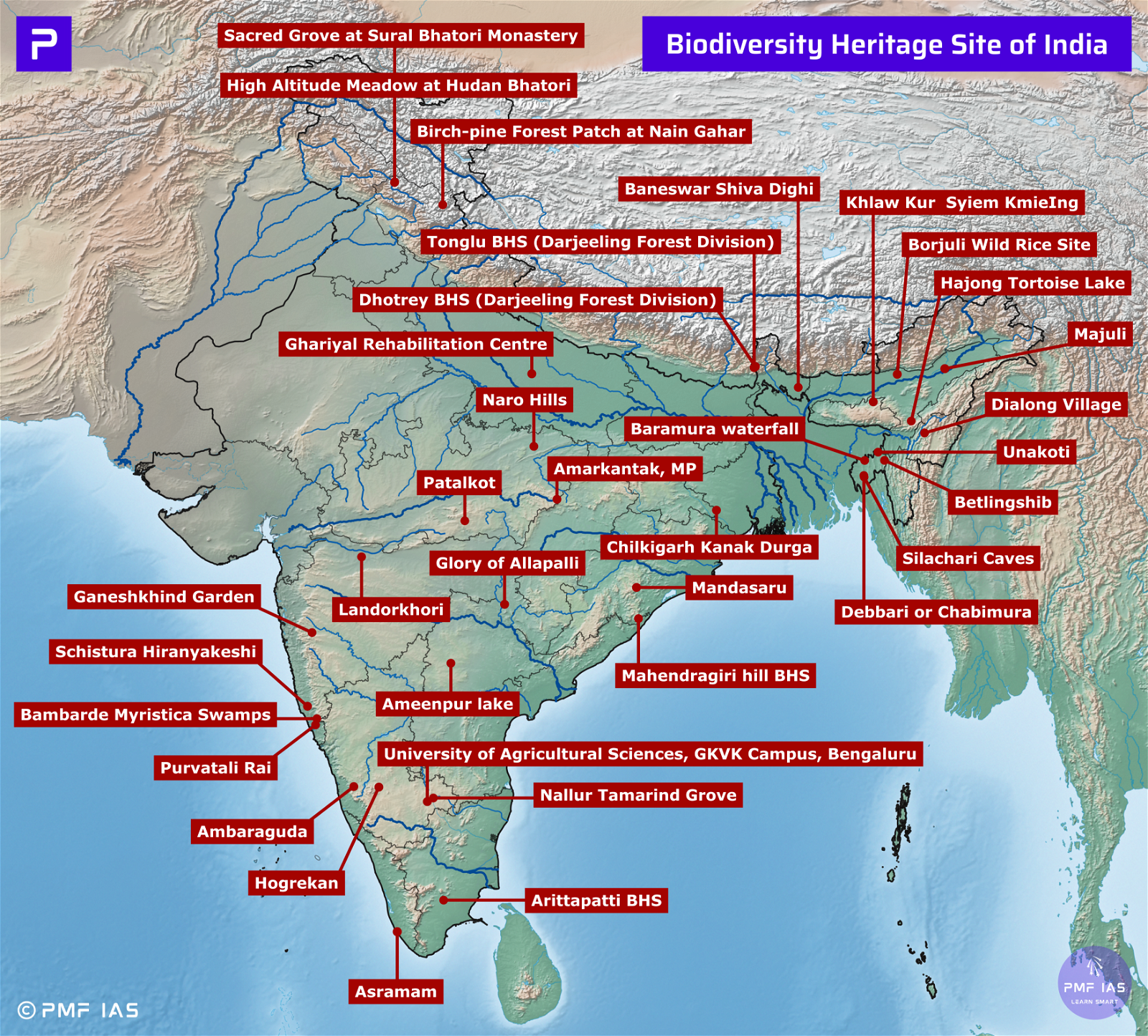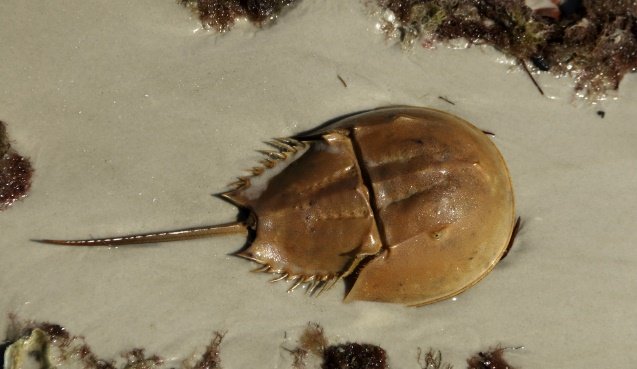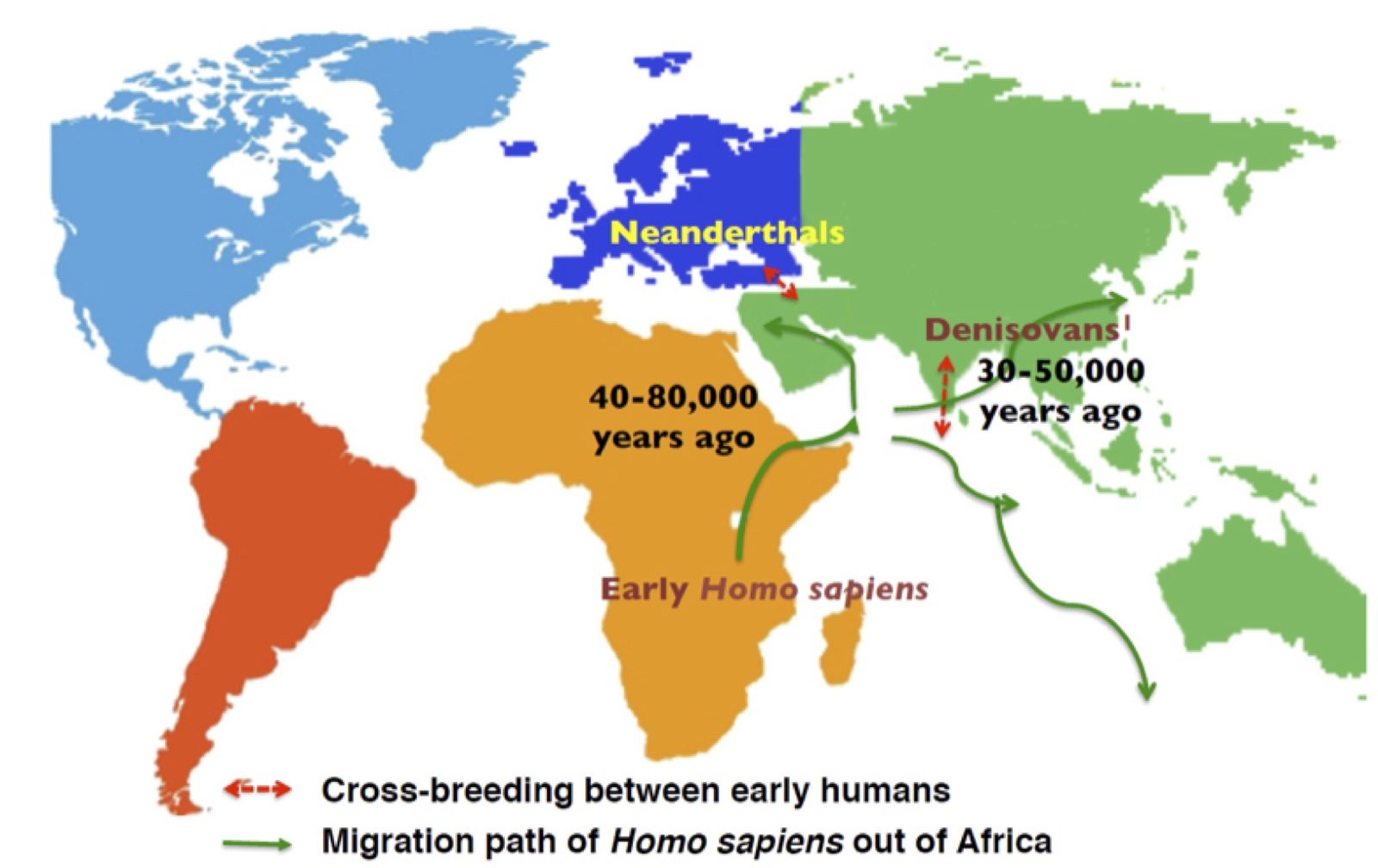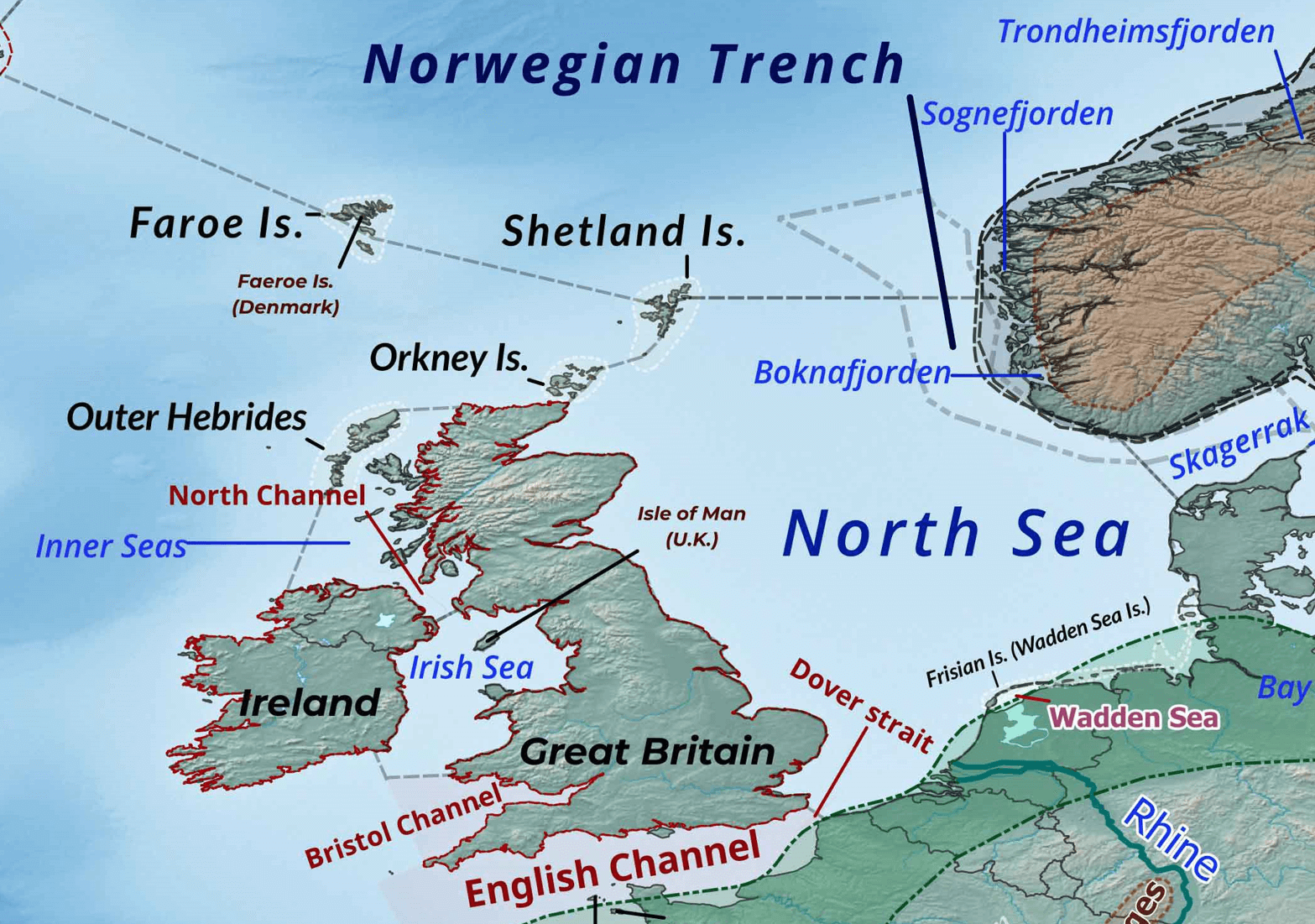
Bone Marrow Transplant (BMT)
Subscribe to Never Miss an Important Update! Assured Discounts on New Products!
Must Join PMF IAS Telegram Channel & PMF IAS History Telegram Channel
- Context (TH): Call to make bone marrow transplant procedure available in Madurai Govt. Rajaji Hospital.
Bone marrow transplant (BMT)

Credit: Care Hospitals
- BMT involves replacing diseased blood-forming cells with healthy ones.
- Blood-forming cells, also known as blood stem cells, are immature cells located in the bone marrow, where they develop into red blood cells, white blood cells, and platelets.
- Once mature, these cells exit the bone marrow and circulate in the bloodstream.
Types of BMT
-
Autologous transplant:
- In this method, blood-forming cells are harvested, preserved by freezing, and stored.
- Subsequently, they are returned to your body following chemotherapy (chemo) and sometimes radiation therapy.
-
Allogeneic transplant:
- In this method, healthy blood-forming cells are donated by someone else.
- The donor can be a family member or someone unrelated to you.
-
Haploidentical transplant:
- A haploidentical transplant is a form of allogeneic transplant where healthy blood-forming cells from a half-matched donor, usually a family member, are used to replace unhealthy cells.
Stem Cells
- Stem cells are unique human cells with the ability to transform into various types of cells within the body, ranging from muscle cells to brain cells.
- Stem cell banking plays a crucial role in stem cell therapy.
Types of stem cell
- Embryonic stem cells:
- These stem cells are present exclusively in the earliest stages of development.
-
Adult stem cells
- These are cells that proliferate to repair adult organs and tissues when needed.
- They are found in nearly all human body organs and are multipotent, capable of generating a limited range of mature cell types specific to their residing tissues.
- An example is hematopoietic stem cells in bone marrow, which produce various blood cells.
- Certain tissue-specific stem cells, known as unipotent or bipotent, generate one or two types of mature cells; for instance, skin stem cells regenerate skin cells as unipotent cells.
-
Induced pluripotent stem cells, or iPSCs:
- These cells are artificially created in laboratories using cells from the body.
- iPSC cells exhibit characteristics akin to embryonic stem cells and were first successfully generated in humans in 2007.
To learn more about CART–T cells, refer > CAR-T Cell Therapy







![PMF IAS Environment for UPSC 2022-23 [paperback] PMF IAS [Nov 30, 2021]…](http://pmfias.b-cdn.net/wp-content/uploads/2024/04/pmfiasenvironmentforupsc2022-23paperbackpmfiasnov302021.jpg)









